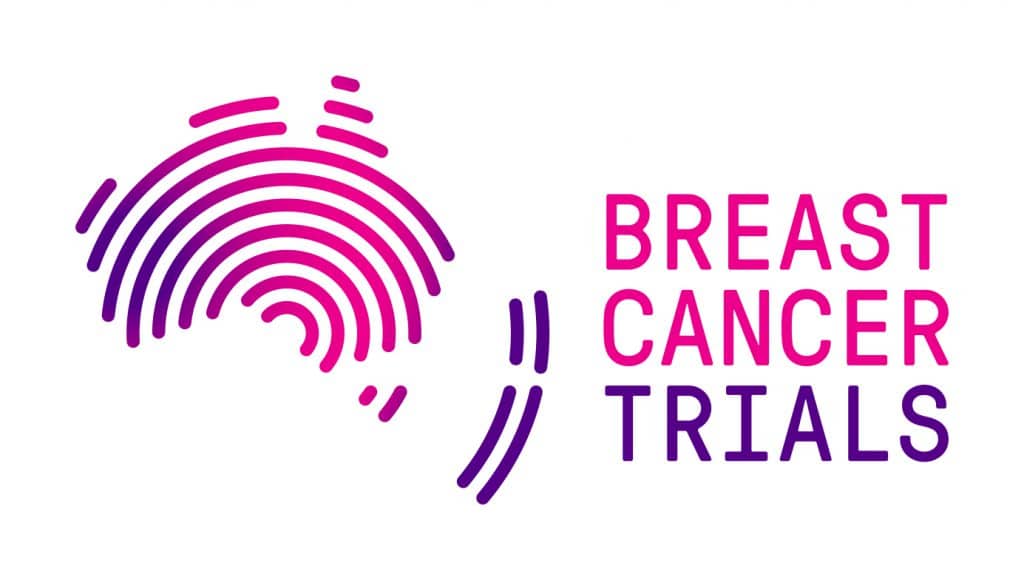- Research
- 2022-2026 Research Strategy
- Open Clinical Trials
- Closed Clinical Trials
- Research Achievements
- Publications
- Research Development and Funding
- BCT Trials & Projects Summary
- Clinical Fellowship Program
- International Fellowship Support
- Translational Research
- What is a Clinical Trial?
- Why Participate in a Clinical Trial?
- Participating Institutions
- Annual Scientific Meeting, Grants & Awards
- About
- Our Impact
- Fundraise
- Donate
- Researcher Login
- Cart
What is a Clinical Trial?
Clinical trials are research in action and are an essential part of the health system in Australia and New Zealand. Clinical trials are carefully designed research studies that find out if new treatments are more effective than those currently accepted as the best available standard of care. Clinical trials can look at how well treatments work to control or cure disease, symptoms, side effects, and whether they can improve quality of life.
All new breast cancer treatments and prevention strategies must be rigorously tested through the clinical trials process before they are made widely available to the community.
Why have Clinical Trials?
Clinical trials enable us to find new ways of preventing, diagnosis and treating breast cancer. All treatments currently used in the clinic in Australia and New Zealand, have undergone a clinical trial to ensure efficiency and safety of patients. Some examples of cancer care milestones that have been achieved through clinical trials research are:
- Chemotherapy and hormone treatment which are effective for preventing breast cancer recurrence and can save lives.
- Mammograms which save lives through early detection of disease.
- Surgical procedures such as lumpectomies which enable surgeons to safely remove the cancer whilst preserving the breast.
- Drug treatments such as Tamoxifen which can prevent breast cancer in women with an increased risk of developing the disease.
- Personalised and targeted treatments which enables a specific cancer type to be targeted with a treatment that can improve patient outcomes substantially.
Are Clinical Trials Safe?
Patient safety is the number one priority for researchers and doctors conducting breast cancer clinical trials in Australia and New Zealand. To ensure patient safety in the conduct of clinical trials, every clinical trial must have a document called a protocol. Clinical trial protocols are written by experienced doctors, and a team of experts in breast cancer treatment, translational research, and clinical trial coordination. All clinical trials conducted by Breast Cancer Trials, are also monitored by the Breast Cancer Trials Scientific Advisory Committee.
The clinical trial protocol outlines the reason for doing the study, who is eligible to participate, the treatment and test that are involved, when these will be done and why. The protocol must be approved by an independent panel of scientists, medical professionals, and consumers, called an ethics committee. The progress of the clinical trial and the safety of clinical trial participants is carefully reviewed and monitored by an independent Data and Safety Monitoring Committee and by the ethics committee responsible for approving the clinical trial.
Before joining a clinical trial, potential participants must understand:
- Why the clinical trial is being conducted?
- The potential risks and benefits of participating in the clinical trial.
- What their involvement would include.
The decision to participate is made based on information provided to the patient by her treating doctor. Written information about the clinical trial will also be provided. The potential participant will be encouraged to go home and read through the information with a trusted person and will be able to ask any questions they have to their doctor before agreeing to participate. Both the doctor and the potential participant must be satisfied that all information about the clinical trial is understood and a statement to this effect is signed by both parties. This process is called ‘obtaining informed consent to participate in a clinical trial.’


